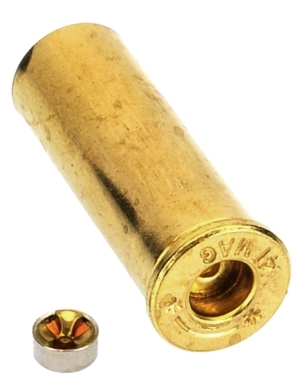
I’m guessing everyone knows that even routine tasks are not always without their problems. One problem that seems to come up occasionally when handloading is undersize primer pockets, or what often turns out to be primer pockets with a malformed entry radius.
I encountered the problem very recently when I was attempting to handload 41 Remington Magnum ammunition for a firearm evaluation. An RCBS hand squeezer and APS strips were being used, because it is easy to feel when a primer is fully seated or if it is too tight or too loose.
The primer cup would not start in the pocket, catching on the entry radius. Rather than subscribe to the “just apply more pressure club”, and live with the surprised of loud noises, bright flashes or singed eyebrows, it seemed prudent to step back and analyze the situation. The primer plug was leaving compression marks during the seating process, which meant excessive seating pressure, which meant it was a pretty good time to stop and fix the problem.
Spec-amacallits….
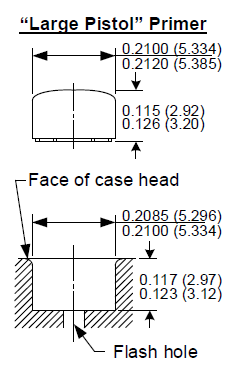
The quickest way to identify the problem was to compare what was… and what should have been. Pictured left, the SAAMI spec for large pistol primer and primer pocket. The case primer pocket, checked with a pin gauge, was 0.209″, 0.210″ was a no go, so the pocket was in spec. The CCI #350 primer measured 0.210″, so actually on the small side of spec. By design, the primer is supposed to be larger than the pocket for compression fit which is to assure primer sealing.
The problem that prevented the primer from starting into the pocket was the chamfered cut leading into the primer pocket, it was too shallow and too narrow. Rather than provide guidance to start the primer, it jammed the edge of the primer cup into the face of the chafer.
I’ve seen a number of approaches taken to rework a case, but most remove metal or they are just the wrong tool for the job. As an example, primer pocket uniformers are intended to set the depth pocket, not diameter. Primer pocket reamers generally clean up the pocket entry radius and clean the pocket, but they remove material from the pocket that can’t be restored.
RCBS Primer Pocket Swager Combo-2, not swagger
Below is a second generation RCBS primer pocket swager. It’s primary purpose is to use compression to remove crimps from primer pockets in brass of military origin. It also will set minimum primer pocket diameter and clean up the primer pocket entry radius. It does so by cold forming rather than cutting. The part number is #9481. MSRP is approx $45, but they are available on Amazon for approx $33. It is a simple, durable tool and easy to use.
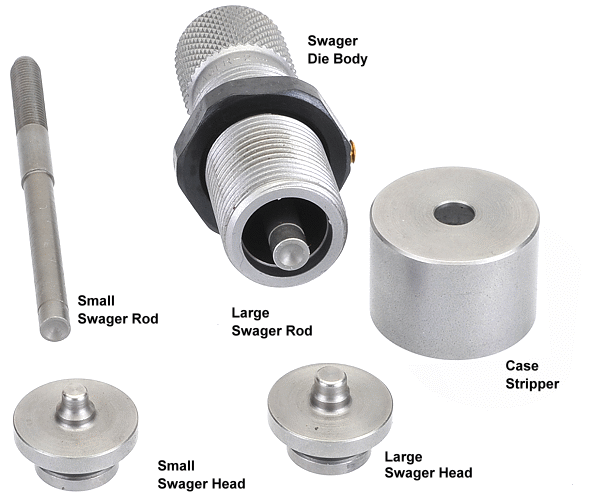
There is the right way… and then there is my way
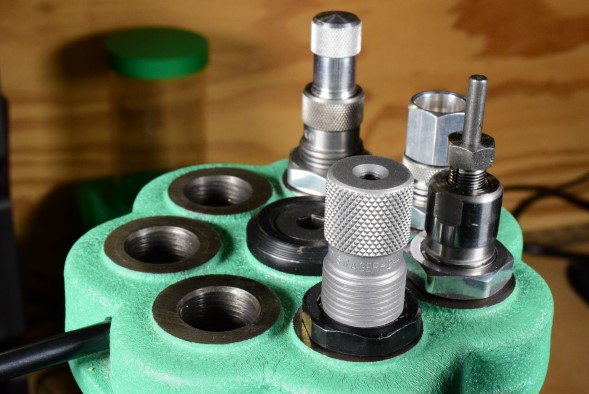
The Redding turret head is considerably thicker than the RCBS turret. Subsequently, following the instructions and screwing the swager die 4 turns into the Redding head is too shallow. I just turned the die in until the nose of the dies was flush with the underside of the turret head.
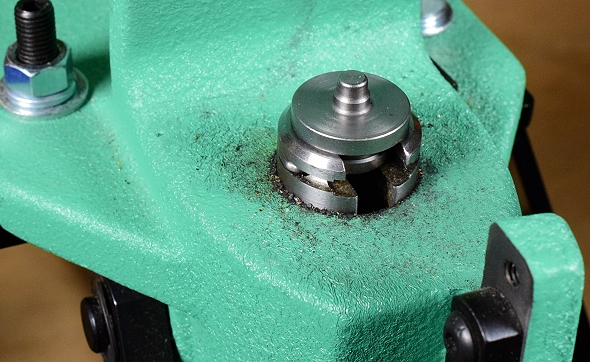
The large swager head is popped into the press ram. No problem fitting the Redding press as it attached like any other shell holder.

The case stripper is laid in place over the swager head. The case stripper sets the proper swager head exposure relative to a brass case head and it eases case removal after swaging. The Redding ram is larger diameter than that of the RCBS, which provides more lateral support.
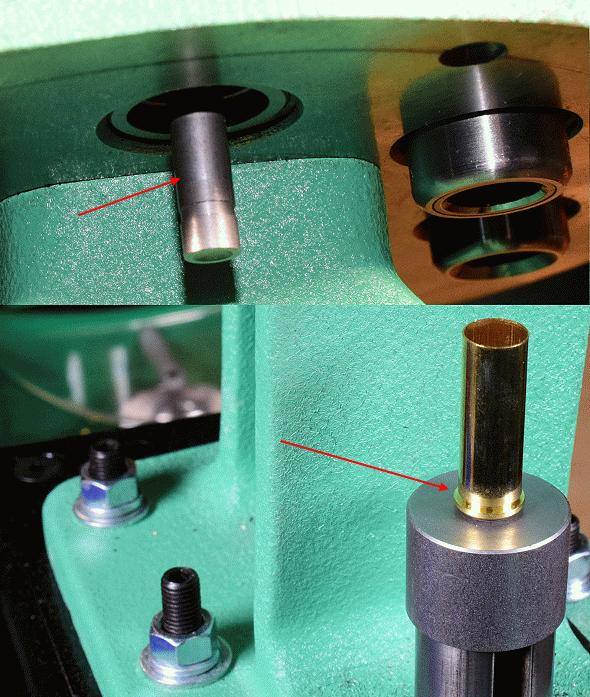
The swager rod is threaded into the swager die, a case is insert on the swager die, then the ram is raised and the rod is adjusted until the ram is all the way up and the rod is in full contact with the inside bottom of the case. Then the ram is lowered and the rod is adjusted down another quarter of turn to assure complete forming and fill contact. The ram is raised and the primer pocket and entry radius is correctly formed
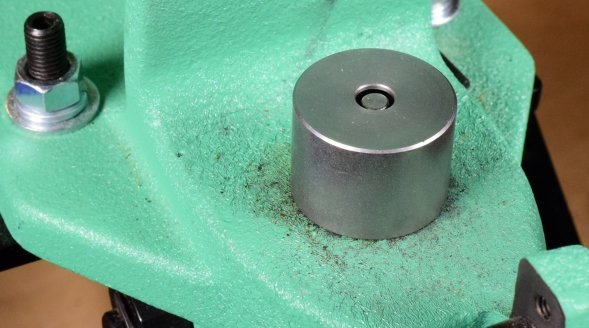
The ram is lowered. The case stripper stops on the casting as the ram and the swage die pulls through the case stripper, freeing the finished case.
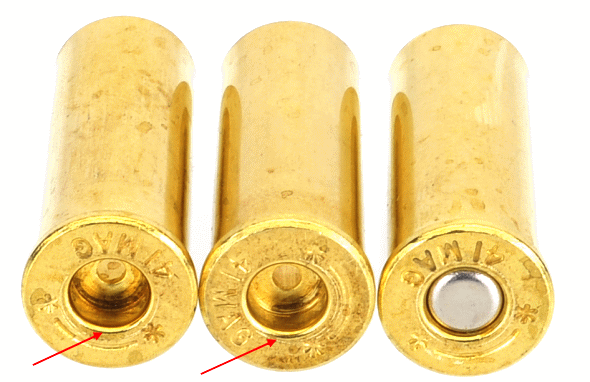
The difference isn’t much, but the pocket entry radius has been increased, beginning at the face of the case head and extending to the parallel walls. Just this one step recovered brass that appeared to have tight primer pockets and turned it into easy to prime brass with proper fit and seating. If cleaning up the floor of the pocket is desired, a pass can still be made with a pocket uniformer.

Email Notification